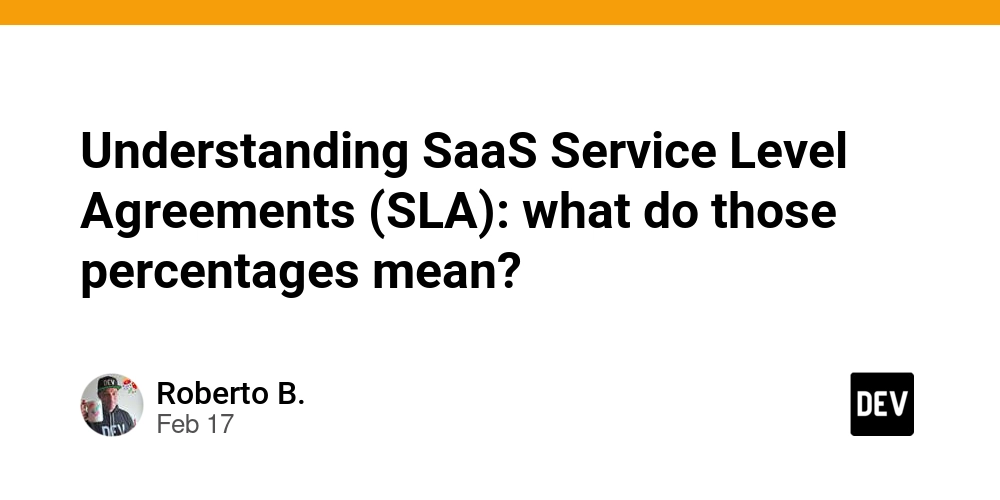Understanding SaaS Service Level Agreements (SLA): what do those percentages mean?
When choosing a SaaS provider, one key factor to evaluate is the Service Level Agreement (SLA). The S.L.A. defines the uptime a provider guarantees, typically expressed in percentages like 99%, 99.9%, or 99.99%. But what do these numbers mean regarding downtime, and how does it differ when calculated monthly versus yearly? Understanding SLA percentages SLA percentages indicate the maximum downtime allowed within a given period. Here’s how they translate into real downtime: SLA % Downtime per year Downtime per month 99% 3.65 days 7.2 hours 99.5% 1.83 days 3.6 hours 99.9% 8.76 hours 43.8 minutes 99.99% 52.56 minutes 4.38 minutes A higher SLA percentage means less downtime, but it’s important to also consider how it is measured. Monthly vs. yearly SLA calculation SLA can be calculated either monthly or yearly, which makes a significant difference when evaluating the real impact of downtime. Example 1: 99.9% SLA (Monthly vs. Yearly) If the SLA is 99.9% monthly, the provider must ensure less than 43.8 minutes of monthly downtime. If the SLA is 99.9% yearly, the provider can have up to 8.76 hours of downtime per year, which could be unevenly distributed (e.g., a single 4-hour outage and several smaller ones). Example 2: 99% SLA (Monthly vs. Yearly) A 99% SLA monthly allows up to 7.2 hours of downtime per month. A 99% yearly SLA translates to 3.65 days of downtime, meaning a single multi-day outage might still meet the SLA. SLA coverage areas The SLA for a SaaS solution can refer to multiple aspects of the service, each with distinct implications, for example: Hardware: this pertains to the physical infrastructure supporting the SaaS platform, including servers, storage devices, and data centers. A hardware-related SLA ensures that these components remain operational and are backed by redundancies to minimize downtime due to hardware failures. Network: the network SLA guarantees reliable internet connectivity and bandwidth availability. It covers aspects such as uptime of networking components, latency, packet loss, and overall network performance. This is crucial for maintaining seamless access to cloud-based applications. Application/Service: this SLA focuses on the availability and responsiveness of the specific software application or services the SaaS vendor provides. It ensures the application remains functional, meets performance expectations, and delivers a consistent user experience. This may include guarantees around response times, error rates, and transaction processing speed. Different SaaS providers may define SLAs that cover all or some of these areas, so reviewing what is included in your agreement to ensure it aligns with business requirements is essential. Key Takeaways A monthly SLA calculation ensures more consistent uptime month to month. A yearly SLA calculation allows longer outages but meets the overall percentage. Higher SLAs (99.99%) significantly reduce acceptable downtime, making them crucial for critical applications. When evaluating a SaaS provider, always check how the SLA is calculated and what happens if the provider fails to meet it (e.g., service credits or penalties). Understanding these nuances helps in making informed decisions about reliability and business continuity.

When choosing a SaaS provider, one key factor to evaluate is the Service Level Agreement (SLA).
The S.L.A. defines the uptime a provider guarantees, typically expressed in percentages like 99%, 99.9%, or 99.99%.
But what do these numbers mean regarding downtime, and how does it differ when calculated monthly versus yearly?
Understanding SLA percentages
SLA percentages indicate the maximum downtime allowed within a given period. Here’s how they translate into real downtime:
| SLA % | Downtime per year | Downtime per month |
|---|---|---|
| 99% | 3.65 days | 7.2 hours |
| 99.5% | 1.83 days | 3.6 hours |
| 99.9% | 8.76 hours | 43.8 minutes |
| 99.99% | 52.56 minutes | 4.38 minutes |
A higher SLA percentage means less downtime, but it’s important to also consider how it is measured.
Monthly vs. yearly SLA calculation
SLA can be calculated either monthly or yearly, which makes a significant difference when evaluating the real impact of downtime.
Example 1: 99.9% SLA (Monthly vs. Yearly)
If the SLA is 99.9% monthly, the provider must ensure less than 43.8 minutes of monthly downtime.
If the SLA is 99.9% yearly, the provider can have up to 8.76 hours of downtime per year, which could be unevenly distributed (e.g., a single 4-hour outage and several smaller ones).
Example 2: 99% SLA (Monthly vs. Yearly)
A 99% SLA monthly allows up to 7.2 hours of downtime per month.
A 99% yearly SLA translates to 3.65 days of downtime, meaning a single multi-day outage might still meet the SLA.
SLA coverage areas
The SLA for a SaaS solution can refer to multiple aspects of the service, each with distinct implications, for example:
- Hardware: this pertains to the physical infrastructure supporting the SaaS platform, including servers, storage devices, and data centers. A hardware-related SLA ensures that these components remain operational and are backed by redundancies to minimize downtime due to hardware failures.
- Network: the network SLA guarantees reliable internet connectivity and bandwidth availability. It covers aspects such as uptime of networking components, latency, packet loss, and overall network performance. This is crucial for maintaining seamless access to cloud-based applications.
- Application/Service: this SLA focuses on the availability and responsiveness of the specific software application or services the SaaS vendor provides. It ensures the application remains functional, meets performance expectations, and delivers a consistent user experience. This may include guarantees around response times, error rates, and transaction processing speed.
Different SaaS providers may define SLAs that cover all or some of these areas, so reviewing what is included in your agreement to ensure it aligns with business requirements is essential.
Key Takeaways
- A monthly SLA calculation ensures more consistent uptime month to month.
- A yearly SLA calculation allows longer outages but meets the overall percentage.
- Higher SLAs (99.99%) significantly reduce acceptable downtime, making them crucial for critical applications.
When evaluating a SaaS provider, always check how the SLA is calculated and what happens if the provider fails to meet it (e.g., service credits or penalties). Understanding these nuances helps in making informed decisions about reliability and business continuity.




































































